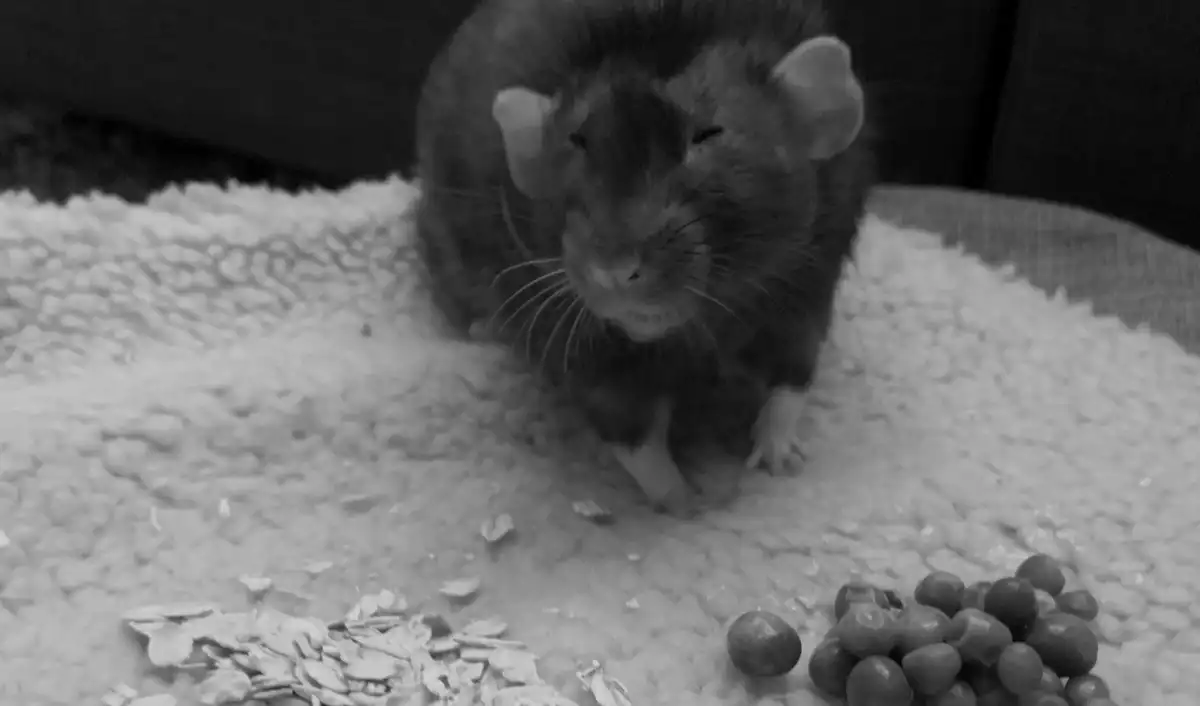Mice infestations have been eradicated both indoors and outdoors with plastic and wooden mouse traps. However, you might think you understand these traps, but there is an important element you ignore if your mouse trap is not sensitive enough—that is the tension adjustment. You can modify the sensitivity of the trap. Before setting a trap, it helps to know the various parameters, how to use them, and then modify the trap as necessary for your mouse problem.
Mouse trap not sensitive enough

If you face the problem of a mouse trap not being sensitive enough to trigger, the fix could be to adjust the tension. When placed correctly, snap traps like Jawz and Victor mouse traps or any hardwood snap traps will trigger more efficiently. You may have to modify the trap’s sensitivity.
Only a few people know the advantages of modifying the trap sensitivity. Even some pest control specialists fail to use this feature appropriately.
When you set your trap, you’ll probably use the default level of sensitivity, which is usually medium. For a regular home or garage situation, you may need to experiment to find the right sensitivity setting that works best for your environment or the mouse you’re dealing with.
Victor mouse trap not sensitive enough
If you have the Victor mouse trap, you should see an F and S imprint on the trap trigger underneath the yellow pedal after baiting your trap and setting the armbar over the kill bar. Unfortunately, some people mistake these letters for the trap’s “quick” and “slow” settings.
The letters ‘F’ and ‘S’ on your Victor mouse trap represent the sensitivity levels that will trigger the trap, which are “Firm” and “Sensitive” respectively. The position of the locking bar will change how sensitive the trap is.
If the placement area of the trap is exposed to vibrations from equipment, tow motors, or other large gears, the firm setting is more advisable. You may not detect these minor movements but they are capable of setting off your snap trap even in the absence of a mouse. It will require more than vibrations or a tiny movement to trigger the sensor if the sensitivity is set to “firm”.
However, you need to set your Victor mouse trap to the “sensitive” setting if you think it’s not sensitive enough and your bait is disappearing when you check on it with no trace of the rodent. The downside of selecting the sensitive setting is that the smallest movement may be enough to cause the trap to snap.
Jawz mouse trap not sensitive enough
Jawz mouse traps are generally known to be sensitive. If you have one, you shouldn’t face this problem except for larger rodents, such as rats and squirrels setting off the trap and escaping. This trap is plastic and can trip occasionally even in extremely cold weather. And rodents that are not killed may chew on the trap, but it’s not common to have any rodents ruin it. From experience, Jawz is no less effective than traditional snap traps, but they also have flaws.
Apart from trap sensitivity, other possible reasons your trap won’t catch any mouse include:
a. Ineffective bait
Peanut butter or hazelnut spread are byproducts of nuts, which are a type of food mice consume in the wild. You can catch mice more successfully by covering the mouse trap with a tiny bit of peanut butter. Mice also enjoy highly fragrant food, so you can use anything that contains a sweet or salty aroma. Gumdrops, soft candy, and cheese with a strong aroma are a few examples. Consider using some meat like bacon and jerky to attract rats to your trap. Mice are also drawn to nesting materials as well, so if food bait seems to be useless, try putting cotton, dental floss, or string on the trap.
b. Bait handled with bare hands
Mice have a keen sense of smell, so they can identify human odors on the bait used in the trap. Thus, if you contaminate the bait’s scent with human scent when handling it with bare hands, the trap may not function as intended. Per the American Association for the Advancement of Science, “Mice have two different ways to pick up scents: their nose and a specialized organ inside their nose called the vomeronasal organ (VNO).”
The solution is to put on gloves when placing the trap. Good options include gloves for dishwashing, handling medical supplies, and cooking.
c. Trap location
Placing traps in open areas is another common mistake people make when placing traps. Mice prefer to stay in the shadows, so they probably lurk close to the walls of your home. The solution is to place the traps such that they face the walls since the mice will explore them rather than avoid them. Place the traps roughly 2-3 feet apart from one another.
As mentioned earlier, if the trap area is exposed to ground vibrations from heavy machinery, this can set off the trap even before the rodent gets there. The solution is to set the trap sensitivity to medium or any lower setting.
d. Trap type problem
You may be using the incorrect trap, which is another factor in the failure to catch mice. Some traps just work better than others.
Find the traps that are most effective for you by experimenting with a few different types. There are many different traps on the market, including bucket and electric traps that you can use to control the infestation.
How do I make my mouse trap more sensitive?
Suppose you use a trap like the Victor mouse trap. You can improve your chances of catching mice with the tips below:
Bait below the trigger mechanism
Not on top! Use the right amount of peanut butter and put a small bit behind the spring trigger to entice the mouse to pry the peanut butter to set off the trap.
Add some cotton
Cotton from your cotton swab can enhance the bait, so consider adding some torn cotton. It works by lodging the cotton in the mouse’s teeth, which increases the likelihood that the mouse will set off the trap.
Increase your trap sensitivity
The simple solution to mouse trap not sensitive enough is to increase the sensitivity. Some traps have the option of modifying the trap sensitivity to snap quicker in reaction to even the smallest movement at around the 2:15 mark.
Conclusion
Even the most effective mouse traps can fail. Moreover, just because you eventually catch a mouse does not mean an end to an infestation, so consider professional assistance if you suspect a high infestation. Ultimately, you could always do with tools like ultrasonics and scent repellents to enhance your mouse control measure.





